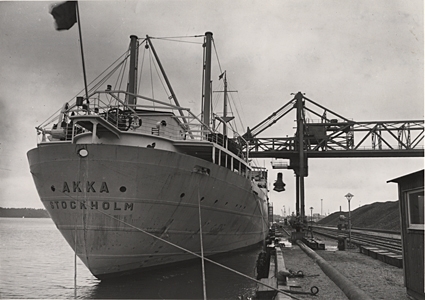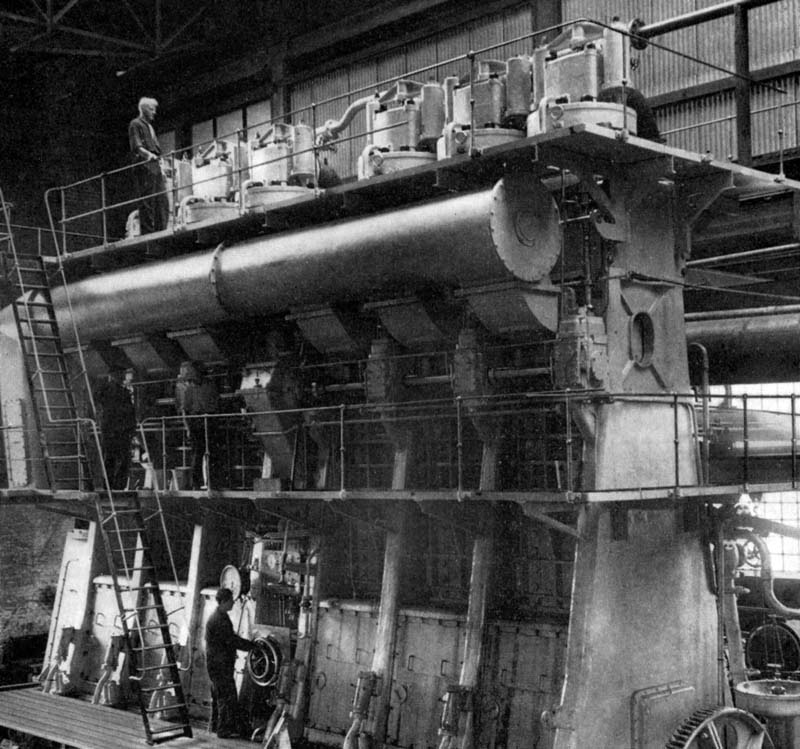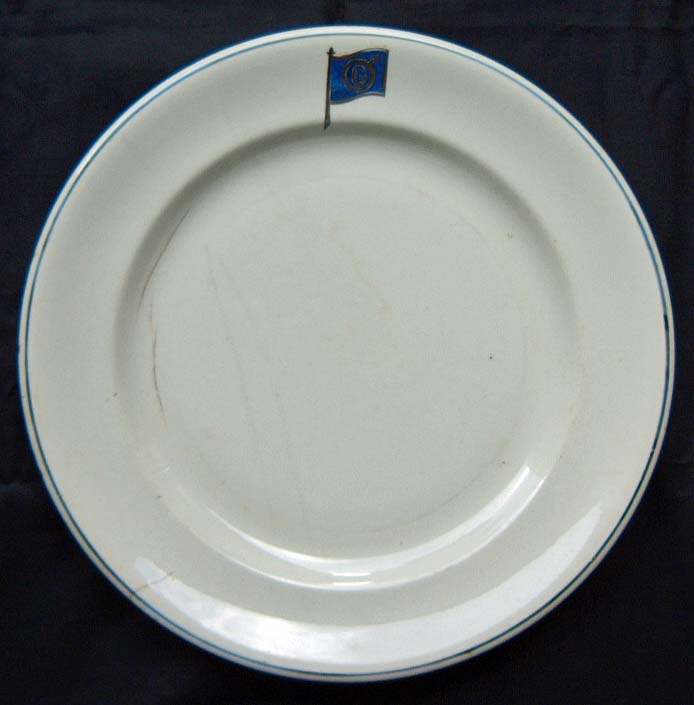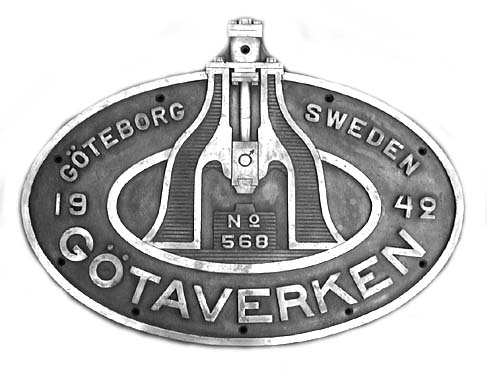The steel motor vessel Akka was a large bulk cargo carrier of 5409 gross tons, 3053 net tons. She was launched from the yard of A/B Gotaverken, Gothenburg (Yard No 568) on 6th May 1942. She measured 442.8′ x 56.5′ x 25.8′ and was powered by 2 x SCSA 6 cylinder diesel engines, twin screw by Gotaverken.
The thirty three members of the crew of the Akka could not have anticipated the tragic end to their voyage as they left Oxelsund on the 4th April 1956 with a cargo of iron ore, bound for Glasgow. She had made many similar trips for her owners, Grangesberg Oxelsund Trafik AB. Even as she entered the Clyde on the 9th April everything was normal and by 9pm that evening she was abeam of the Cumbraes. As she passed Innellan and slowed to take on board the pilot Captain Sundin could see the light on the Gantock Rocks and the Cloch Lighthouse.
It was at this point that things began to go wrong, as the Akka appeared to respond very slowly to her rudder. Captain Sundin immediately ordered the engines stopped but, despite this attempt to avoid disaster, the Akka ran onto the Gantock Rocks. The horrendous tearing and scraping noises as the rocks tore at the port side of the ship were heard by many ashore in Dunoon and Gourock and they rushed out of their houses to see what had happened. The Akka had been severely holed along almost half her length from the second hold and was filling fast. Captain Sundin attempted to reverse his ship into shallower water but this manoeuvre only served to increase the flow of water into the holds and engine room. All engines were stopped and the order was given to abandon ship. Within three or four minutes of running aground the Akka heeled over on her port side and sank in deep water. The resulting swell sank a number of lifeboats which had managed to get away, spilling their unfortunate occupants into the dark, cold river. As she sank, spouts of water rose twenty feet into the air and there was a large explosion. A number of rescue vessels were quickly on the scene and most of the survivors were picked up. Three of the crew went down with their ship and a further three died on the way to the hospital. The next morning the only sign of the disaster were the Akka’s masts sticking out of the water, marking her position on the Dunoon Bank.
Three months later, while salvage was being considered, the wreck was hit by a passing fishing vessel. This prompted a decision to send down a demolition crew to remove the top two levels of her bridge and her funnel and masts, making the wreck safe for passing vessels. As she was lying on Dunoon Bank and, as such, did not really constitute a hazard to navigation for larger vessels, total dispersal was unnecessary.
Akka slideshow
The Akka is the largest, submerged wreck in the Clyde diveable on compressed air. She lies upright on the north side of Dunoon Bank in position 55°56.707′ N, 004°54.397′ W, which is only 25 metres north of the port hand yellow marker buoy. The seabed at the bow, which points approximately south eastwards, is about 30 metres and at the stern, about 40 metres. The deck slopes from 16 to 24 metres from bow to stern.
There are many interesting aspects to this large wreck apart from her size, the most memorable being the incredible and varied sealife which covers almost every square inch of the vessel’s superstructure. She is a mass of orange and white plumose anemonae and the ever present dead men’s fingers. Many other species of anemonae together with hydroids, nudibranch and sea squirts make the wreck a living reef inhabited by many species of fish. Some divers have been lucky enough to swim along the underwater companionways accompanied by inquisitive seals which can often be seen on the surface. Apart from the sealife, the Akka is a very interesting wreck which remains mainly intact allowing a swim along companionways, through doors still swinging on their rusting hinges, up and down stairways and along the steeply sloping decks past the gaping dark holes that are the holds. From the raised forecastle, as the diver swims aft, the first area of interest is the superstructure between the holds on the foredeck but the main interest is provided by the bridge and engine room in the middle of the wreck. Originally the bridge rose four deck levels from the foredeck but the top two levels plus the funnel and masts were removed by Metal Industries of Gareloch. The remains of the bridge area are still very impressive, appearing through the gloom as the diver approaches.
The activities of the demolition team have made access to the lower decks and engine room fairly easy, but care is essential as it is possible to penetrate deep inside the wreck. An unwary diver could become lost in rapidly decreasing visibility asks the mud and silt which covers the wreck, is stirred by passing fins.
Dropping onto the rear deck and further two holds, the diver approaches the stern castle, impressively large above the deck level, with a companionway passing completely round the stern of the ship. Descending into most of the holds is unrewarding as the cargo is iron ore. However, it is possible to drop into the hold forward of the bridge and swim through the gaping hole torn in port side of the ship by the Gantock Rocks in the fateful grounding in 1956. Diving the Akka is relatively easy with the usual potential problems of any wreck in the Clyde – low visibility or poor light levels, the surface current and entanglement on fishing lines.








































